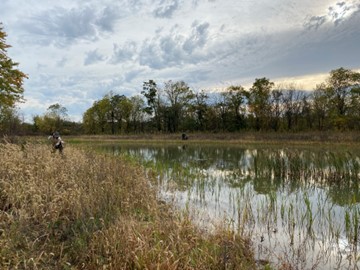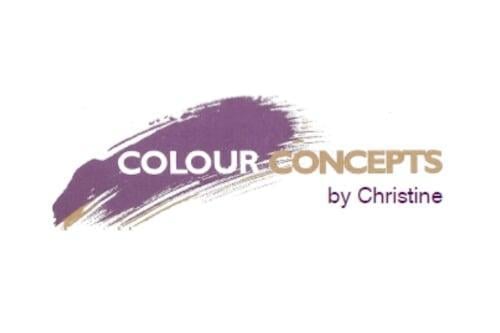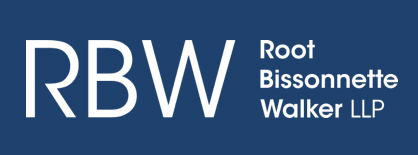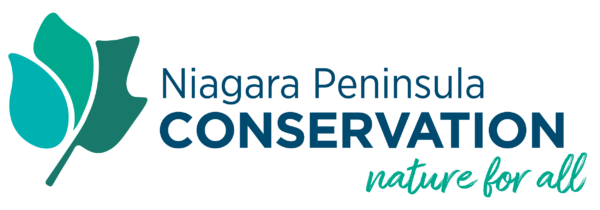 What will be the story of ecological restoration in the Niagara Peninsula Watershed?
What will be the story of ecological restoration in the Niagara Peninsula Watershed?
The word ‘restore’ means to return something or someone to an earlier good condition or position. When you restore the quality or ability of something or someone, you bring back something absent, lost, or stolen for some time.
According to the Society for Ecological Restoration, ‘ecological restoration is the process of assisting the recovery of an ecosystem that has been degraded, damaged, or destroyed.’ They add that ‘ecological restoration seeks to initiate or accelerate ecosystem recovery.’ It is the process of returning a degree of functionality to an ecosystem that has been lost.
Ecological restoration is also a complementary tool in the natural resources management toolbox, alongside protection measures (land regulation and securement) that the Niagara Peninsula Conservation Authority (NPCA) employs to positively impact the ecosystem throughout its watershed-based landscape (Niagara Region, and portions of Haldimand Country and the City of Hamilton).
We have known for some time that the NPCA watershed is functionally degraded to a high degree. It consistently exhibits poor water quality, fulfilling the adage “what we do on the land is reflected in the water”. The watershed is also highly fragmented in terms of natural areas and habitats— the elements that function systematically as the ecosystems left on the landscape. Research has objectively quantified that what persists in the watershed today cumulatively achieves only approximately 56 per cent of what conservation literature recommends is required for a healthy and sustainable watershed. This persists despite many years and layer upon layer of environmental policy implementation and significant restoration investments by various players both in and out of government.
So, what’s the solution? Now that most of the protection policies in the Niagara Peninsula watershed have been refreshed and settled for what remains of the local natural environment, we have an opportunity to be intentional with ecological restoration considerations while understanding the existing condition of the watershed. It is extremely important to value and preserve what we have left, and it is even more prudent to recognize the need for and develop a collective common vision for a natural reserve system that restores our local ecosystems. Continued protection alone is not enough to get us to sustainability or an acceptable compromise of functionality. We owe it to the environment, ourselves, and future generations to do more.
To this end, the NPCA anticipates leading stakeholders through collaborative approaches and innovations to facilitate and achieve such a vision for restoring the local landscape. Appreciating that our watershed is predominantly privately owned, residents who volunteer their land and work with us and our partners toward this common goal will always play a critical role in this collective success.
The narrative for ecological restoration in the Niagara Watershed at present is about coming to terms with the fact that we are still missing a shared proactive vision for this precious landscape. What are we willing to do in this watershed when it comes to a natural reserve system?
It is abundantly clear that the story remains largely unwritten.
November 21 is the 2023 project application submission deadline for NPCA’s Restoration Grant Program. The NPCA evaluates and prioritizes projects with the greatest ecological co-benefits. Please consider submitting thoughts and ideas for how you may be able to contribute and make a difference with your property.
Authored by Geoffrey Verkade
Senior Manager, Integrated Watershed Strategies
Geoffrey Verkade is the Senior Manager of Integrated Watershed Strategies with oversight of NPCA’s Restoration Services team. He has been with the Conservation Authority for over 21 years where he has had the privilege of serving in his interests of natural resources management which stem from his belief in stewarding God’s creation.



















